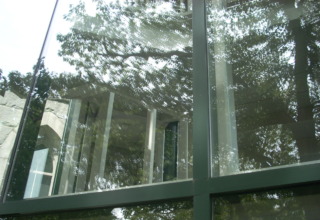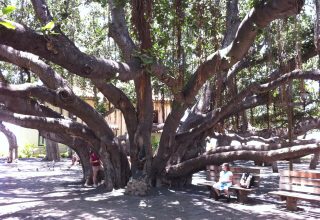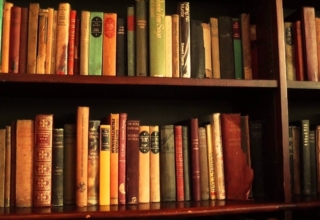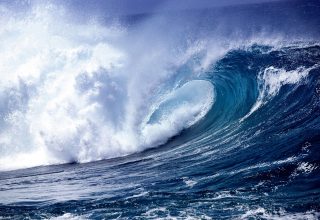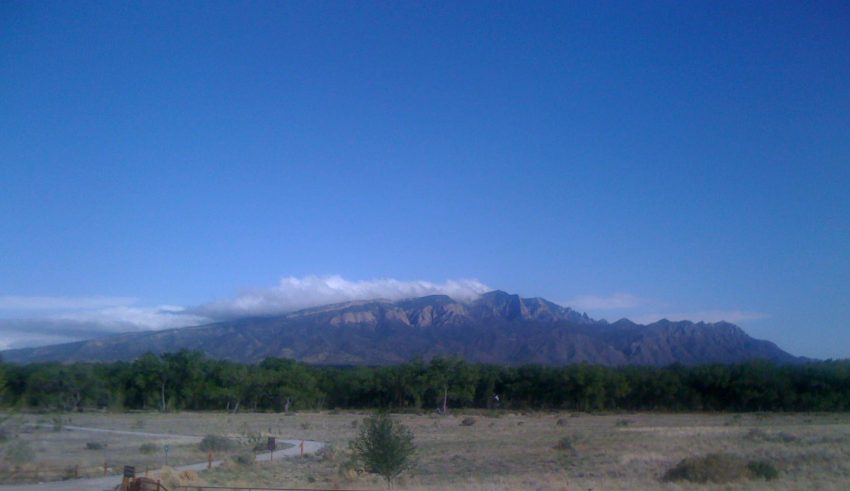
On which concrete goals do you focus your energy and attention?
You get results in concrete situations. You make a difference in the world. It starts with the way you get up in the morning and how you manage your time during the day, but the list goes on up to bigger activities such as finding a new job or organizing your sabbatical. You get results. People don’t usually call these activities projects, because they seem to just happen by themselves. If events occur because you focus your attention on them, however, a well-thought-out plan arises. First, you create a gap between some current situation and a goal. Then you act to try and to bridge the gap, and so you create a difference. On this track, you engage in development by creating interesting differences in a concrete situation. We usually don’t call this development, choosing words like being busy, working, or creating instead.
2. Self-guidance: increasing your competence at guidance
How are you engaged in what you do?
You develop your competence at guidance by paying attention to how you cope with life. Self-guidance is the ability to reflect on your own course and to adjust it; it is not about what you do, but about the way you do it. Development lies in growing more competent. The essence of this track is to view self-guidance as a competence. Guiding yourself is an ability you can learn.
3. Identity: defining yourself as a unique individual
Who have you become through your life experience and your encounters?
As you develop your unique individual profile, you start to get in touch with who you are, and you become aware of how this unfolds over the course of your life. This track is about the existence of ‘something’ that develops between birth and death: your selfhood. Identity is primarily an experience of being someone, an individual who is different from others. However, it also includes the experience of the unique wholeness of your biological, psychosocial, and spiritual becoming.
4. Greater whole: having a place among the whole
How does the greater whole develop, of which your development is a part?
You develop yourself by contributing to the larger whole of which you are a part. First, you visualize the development of the larger whole. Then you start thinking about how you yourself are a part of that development. The whole can be all kinds of different contexts: the relationship you are in, your professional organization, your neighborhood, society, etc. This track always links individual development to development of the greater whole. After all, you are part of that whole. By becoming a good part, and thus developing the whole of which you are part, you will develop yourself in turn.
Each track has a core activity that can be expressed by a verb.
- Track 1: Advancing in projects is about ACTING: you act in a concrete context,and your acts create a difference.
- Track 2: Advancing in self-guidance is about LEARNING: You get better at guidingyourself as you are advancing.
- Track 3: Advancing on the track of identity is about MOVING: you move, makingyour way through life and through different contexts, and this is how you createselfhood.
- Track 4: Advancing on the track of the greater whole is about CONNECTING: thegreater whole will develop more effectively if you connect to it, taking your place in the whole in a more effective way.By getting familiar with the four tracks, you will become experienced at development.
Download Article


